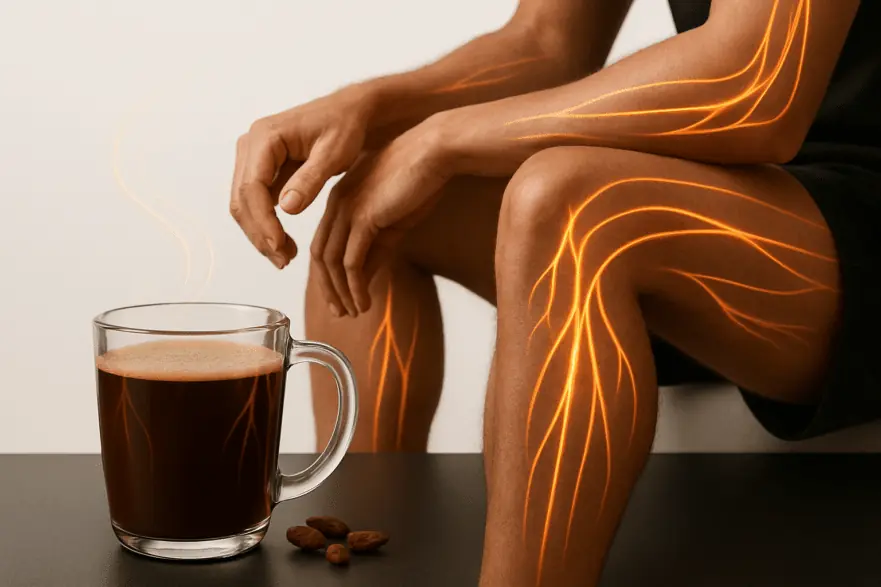
Silent Heart Attack — The Pain No One Recognizes in Time
Silent Heart Attack — The Pain No One Recognizes in Time

Keywords: silent heart attack, heart attack symptoms, early warning signs, chest pain causes, heart disease prevention
A Warning You Can’t Afford to Ignore
What if that dull, nagging pain in your chest — the one you brush off as indigestion or a pulled muscle — was actually your body’s silent cry for help? It’s a chilling thought, but up to 40% of people who have a heart attack die before reaching the hospital. Many of them never realized what was happening, dismissing the discomfort as gas, muscle strain, or stress.
For over two decades, I’ve seen countless patients arrive too late — people who felt warning signs hours or even days before the attack. They ignored them, assuming it was nothing serious. When they finally sought help, the damage was irreversible.
This information could save your life or someone you love. In this guide, you’ll learn to recognize five different types of chest pain, how to tell which ones signal an emergency, and what to do in each case.
⚠️ Important: This article is for educational purposes only and does not replace emergency medical care. If you are experiencing chest pain right now, call your local emergency number immediately.
Key Takeaways
-
Classic Heart Attack: Severe, crushing chest pressure radiating to the arm, jaw, or back; often with nausea, sweating, and shortness of breath — an absolute emergency.
-
Unstable Angina: Chest pain at rest or with minimal effort — a critical warning that a heart attack may be imminent.
-
Non-Cardiac Pain: Musculoskeletal, digestive, or anxiety-related chest pains are often harmless but should still be evaluated if you have heart risk factors.
-
Silent Heart Attacks: One in five heart attacks have no chest pain — especially in women, diabetics, and older adults. Symptoms include fatigue, shortness of breath, or digestive upset.
-
Prevention & Action: Know your risk factors (high blood pressure, diabetes, smoking) and have a clear action plan when chest pain strikes.
1. The Classic Heart Attack: An Absolute Emergency
A heart attack (myocardial infarction) occurs when blood flow to part of the heart is completely blocked. Without oxygen, heart muscle begins to die — and every minute counts.
Typical signs:
-
Location & sensation: Intense, crushing pressure in the center or left side of the chest — not sharp, but heavy and unrelenting.
-
Radiation: Pain often spreads to the left arm, jaw, neck, back, or upper stomach.
-
Other symptoms: Cold, clammy sweats, nausea or vomiting, shortness of breath, dizziness, or a feeling of impending doom.
-
Duration: Usually lasts more than 5 minutes and is not relieved by rest or position changes.
🚨 What to do:
If you experience these symptoms, call emergency services immediately. Do not attempt to drive yourself. Early treatment — such as clot-busting medication or angioplasty — can save your life.
2. Unstable Angina: The Ticking Time Bomb
Unstable angina is a warning sign that a heart attack may be imminent. Unlike stable angina (which occurs predictably with exertion), unstable angina can strike at rest or with minimal effort.
Warning signs include:
-
Chest pain or pressure that occurs while resting or sleeping
-
Pain that appears with less exertion than usual
-
Episodes that last longer and occur more frequently than before
🕐 Why it matters:
Unstable angina means your heart is not getting enough oxygen, and an artery could soon become fully blocked. It’s not a “wait-and-see” situation — seek medical care within hours, not days.
3. Musculoskeletal Chest Pain: The Common Impostor
The most common — and least dangerous — cause of chest pain comes from your muscles, cartilage, or ribs, not your heart.
How to recognize it:
-
You can pinpoint the pain with one finger.
-
It changes with movement or pressure (twisting, stretching, or pressing the area worsens it).
-
It varies with breathing — sharp on deep breaths, easing with shallow ones.
-
Often follows exercise, lifting, or poor posture.
If these fit your symptoms, it’s likely muscular. Rest, apply heat, and use a natural anti-inflammatory (like turmeric or ginger). However, if you have heart disease risk factors, don’t assume — always confirm with your doctor.
4. Digestive Pain: When the Stomach Mimics the Heart
Heartburn or acid reflux (GERD) can cause burning chest pain that feels similar to a heart attack. The esophagus and heart share nerve pathways, which can confuse your brain’s pain signals.
How to tell the difference:
-
Appears after eating or lying down.
-
Feels like burning or pressure that rises toward the throat.
-
Improves with antacids or when you sit up.
Still, never ignore chest pain if it’s severe or persistent — especially if you have risk factors. Some heart attacks (especially those in the lower heart) can mimic indigestion.
5. Anxiety and Panic Attacks: When the Mind Triggers the Body
Panic attacks can produce intense physical sensations that feel just like a heart attack.
Typical characteristics:
-
Occurs during emotional stress or fear
-
Pain feels sharp or stabbing, not crushing
-
Accompanied by hyperventilation, tingling, or a sense of unreality
-
Improves with relaxation and slow breathing
Even so, anxiety and heart disease can coexist — and stress can trigger real cardiac events. The first time you experience chest pain or panic symptoms, get an ECG to rule out heart issues. Once cleared, focus on anxiety management strategies like deep breathing, mindfulness, or therapy.
The 3 Warning Signs of a Silent Heart Attack
A silent heart attack is the most deceptive — and the most dangerous. It strikes without classic chest pain, often going unnoticed until it’s too late.
Most common in diabetics, women, and older adults, these attacks present with subtle but serious clues:
-
Extreme, Unexplained Fatigue
Sudden exhaustion that doesn’t match your activity level — even simple tasks feel draining. It can appear days or weeks before a heart attack. -
Shortness of Breath
Struggling to breathe during mild activity, or waking at night gasping for air. This indicates that the heart isn’t pumping efficiently, causing fluid buildup in the lungs. -
Persistent Digestive Discomfort
Frequent nausea, bloating, loss of appetite, or a “heavy” feeling in the upper abdomen. Women are especially prone to this “indigestion-type” heart attack symptom.
⚠️ If you experience any of these signs and have risk factors, seek medical evaluation immediately. Request an ECG and blood test for cardiac enzymes.
Conclusion: Your Heart Is Your Engine
To recap:
-
Classic heart attacks bring intense, crushing pressure — an immediate 911 emergency.
-
Unstable angina signals danger within hours.
-
Silent heart attacks manifest as fatigue, breathlessness, or digestive upset.
-
Non-cardiac pains are usually harmless but can mask serious issues.
Your best protection is awareness and prevention.
-
Know your blood pressure, cholesterol, and blood sugar levels.
-
Maintain a balanced diet, stay active, and quit smoking.
-
Listen to your body — it whispers before it screams.
💖 Don’t wait for a heart attack to start caring for your heart. Start today. Your heart is irreplaceable — protect it.
News in the same category


How to Eat Bread, Rice, and Potatoes Without Blood Sugar Spikes
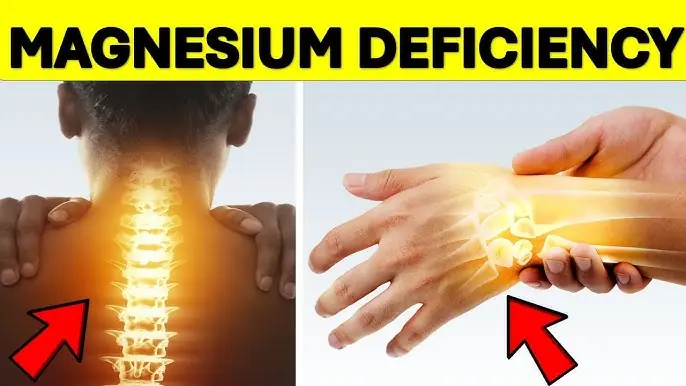
Major Signs You Are Magnesium Deficient (and What To Do About It!)
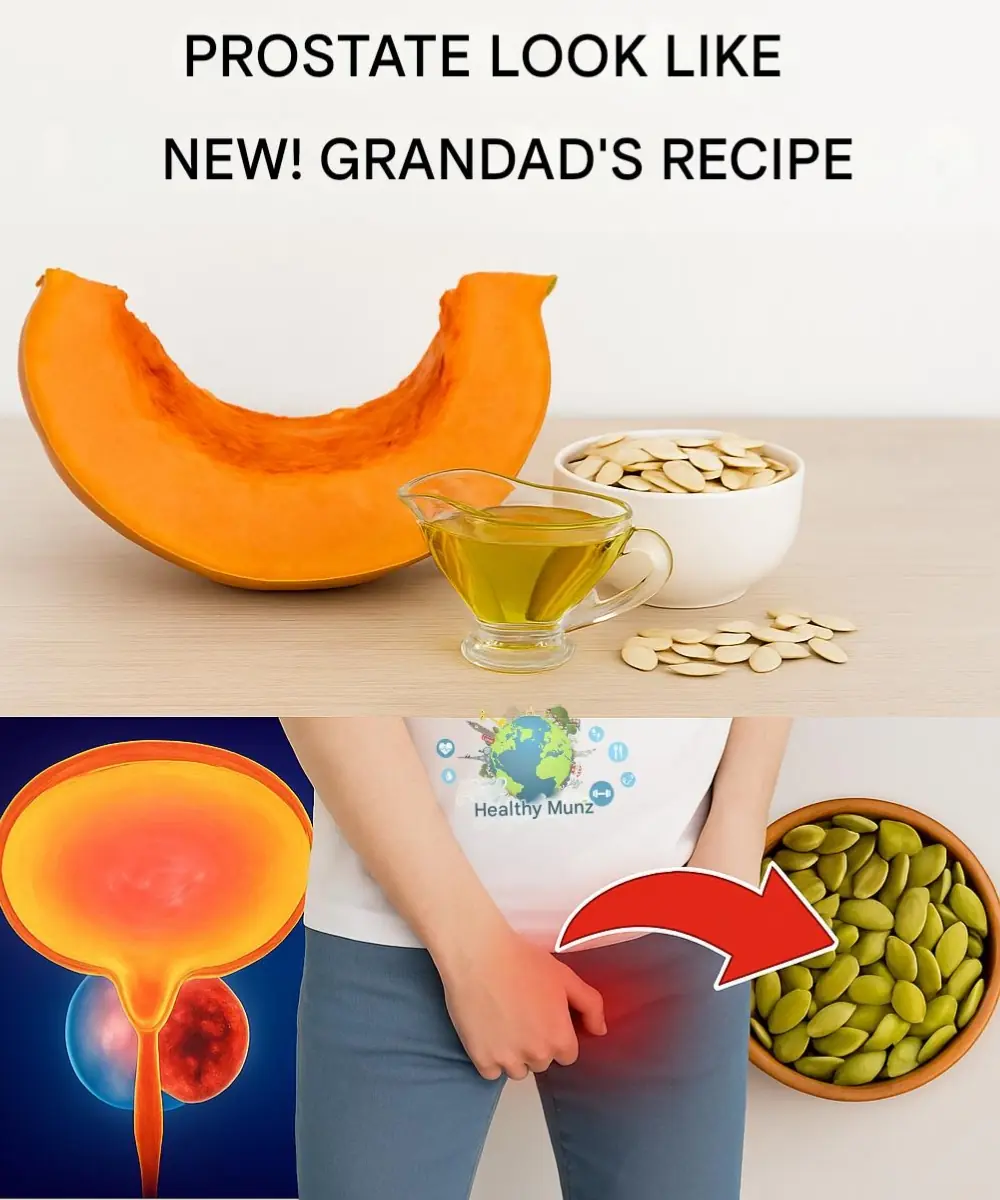
It Will Make Your Bladder and Prostate Feel Like New! The Grandfather’s Recipe
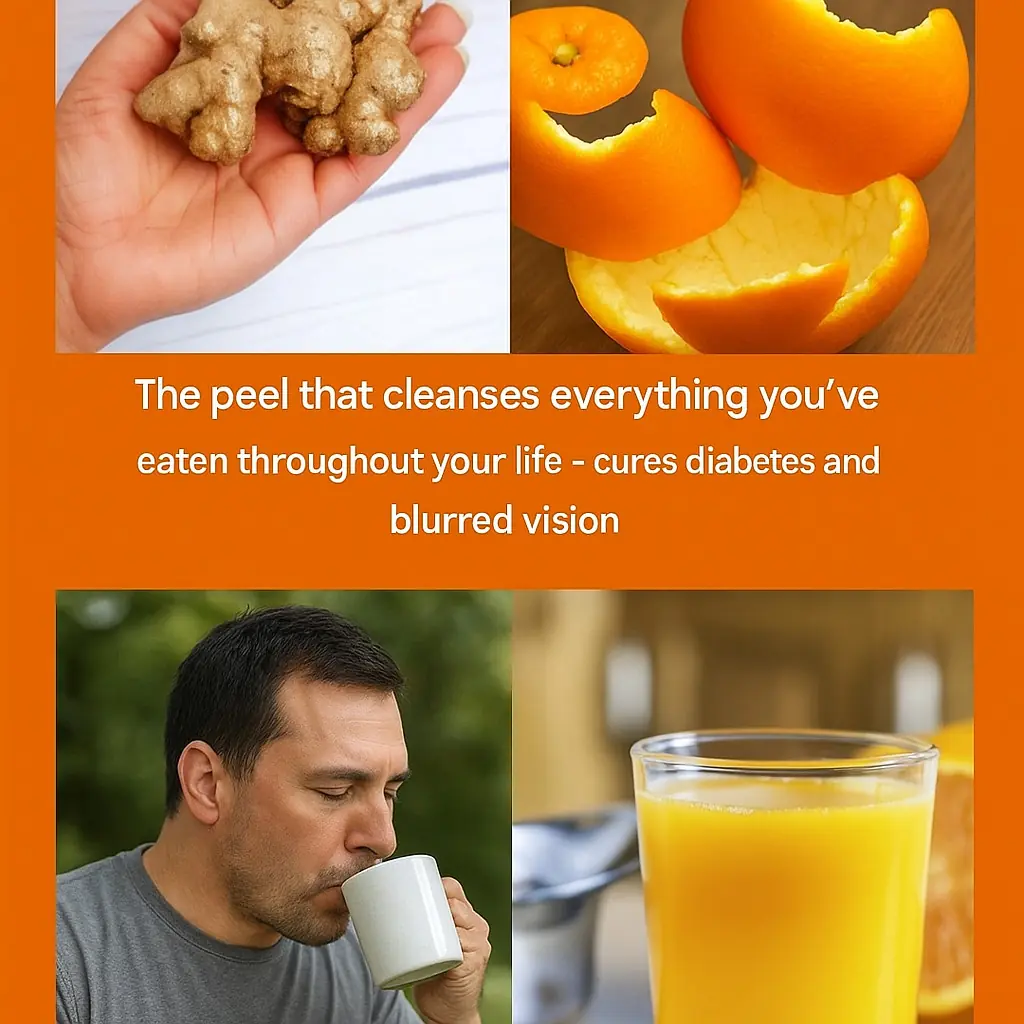
The Orange Peel Elixir That Cleanses Your Whole Body and Fights Diabetes, Cholesterol, and Blurry Vision

Stubborn Grass (Sporobolus indicus): The Resilient Weed with Hidden Healing Powers
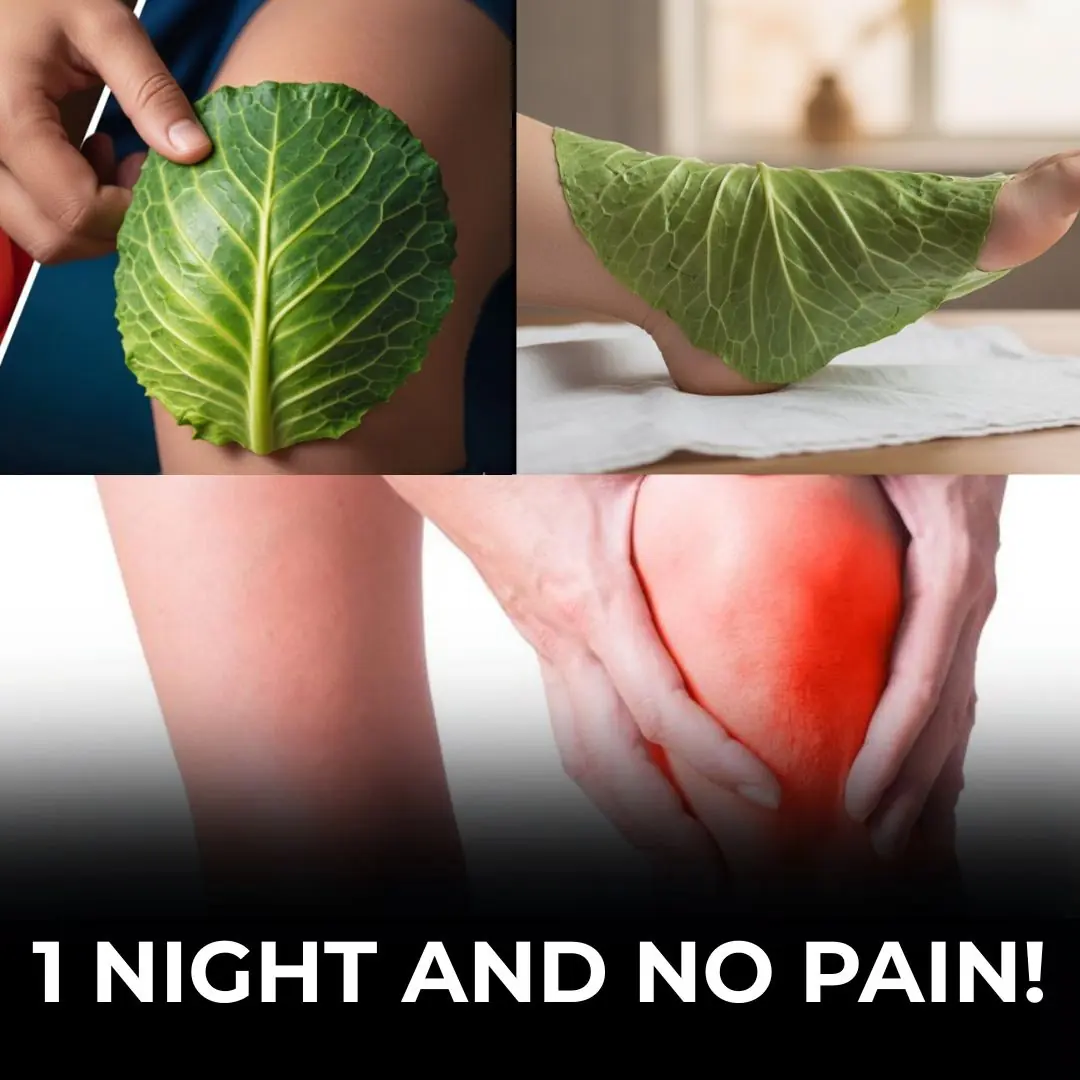
Cabbage Leaf Miracle: How to Relieve Joint Pain Overnight Naturally
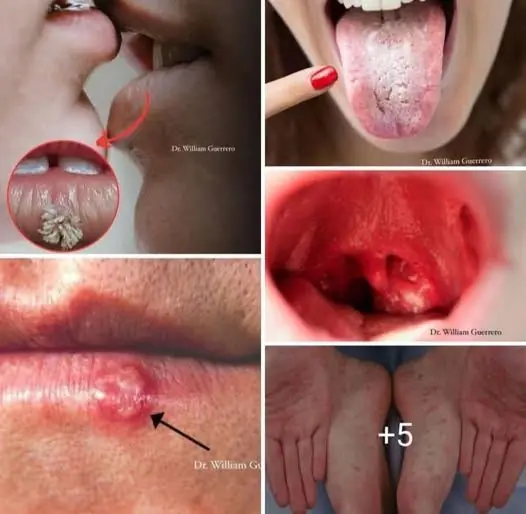
Mouth Cancer: Symptoms, Causes, Stages, and Treatment
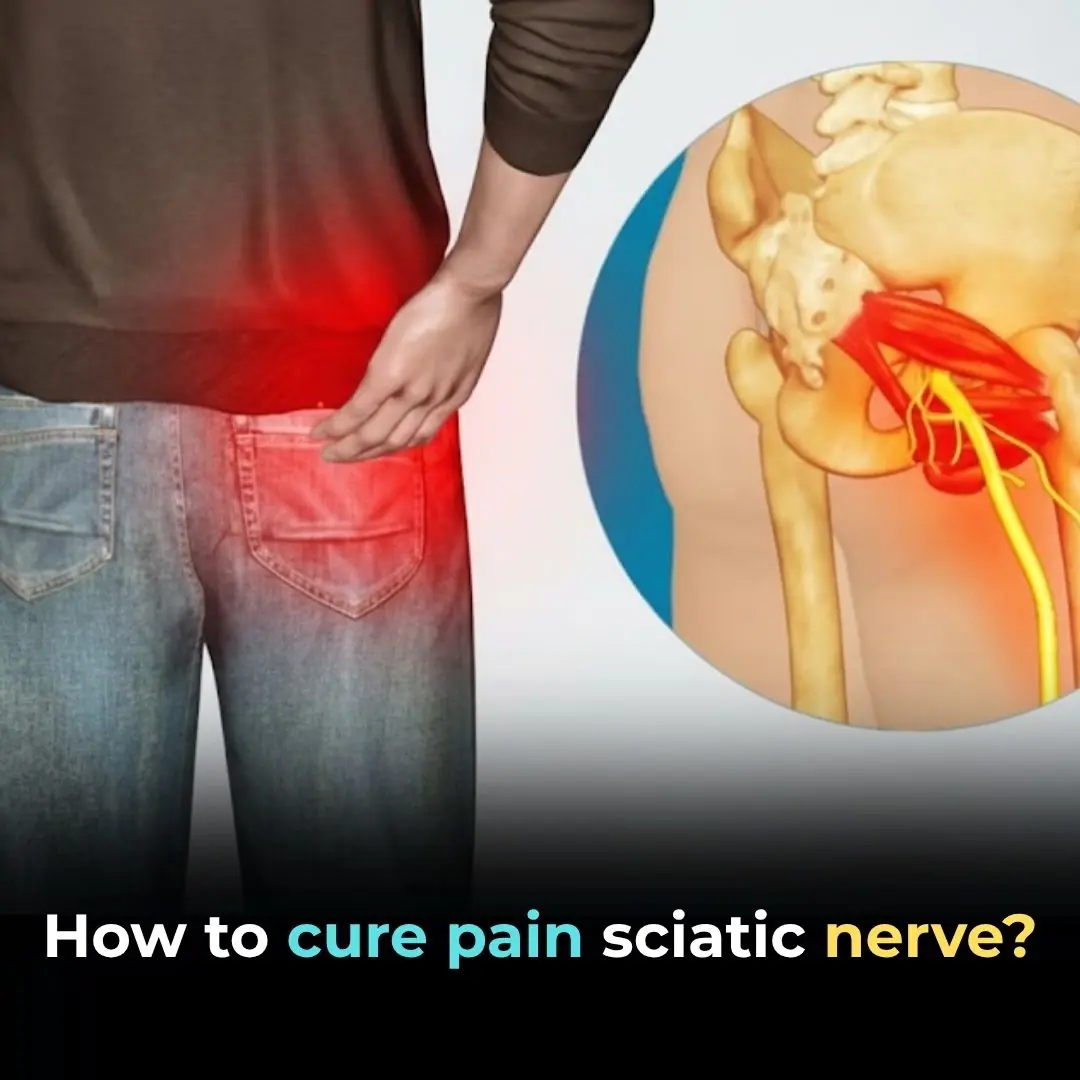
How to Cure Sciatic Nerve Pain: A Guide to Natural Remedies
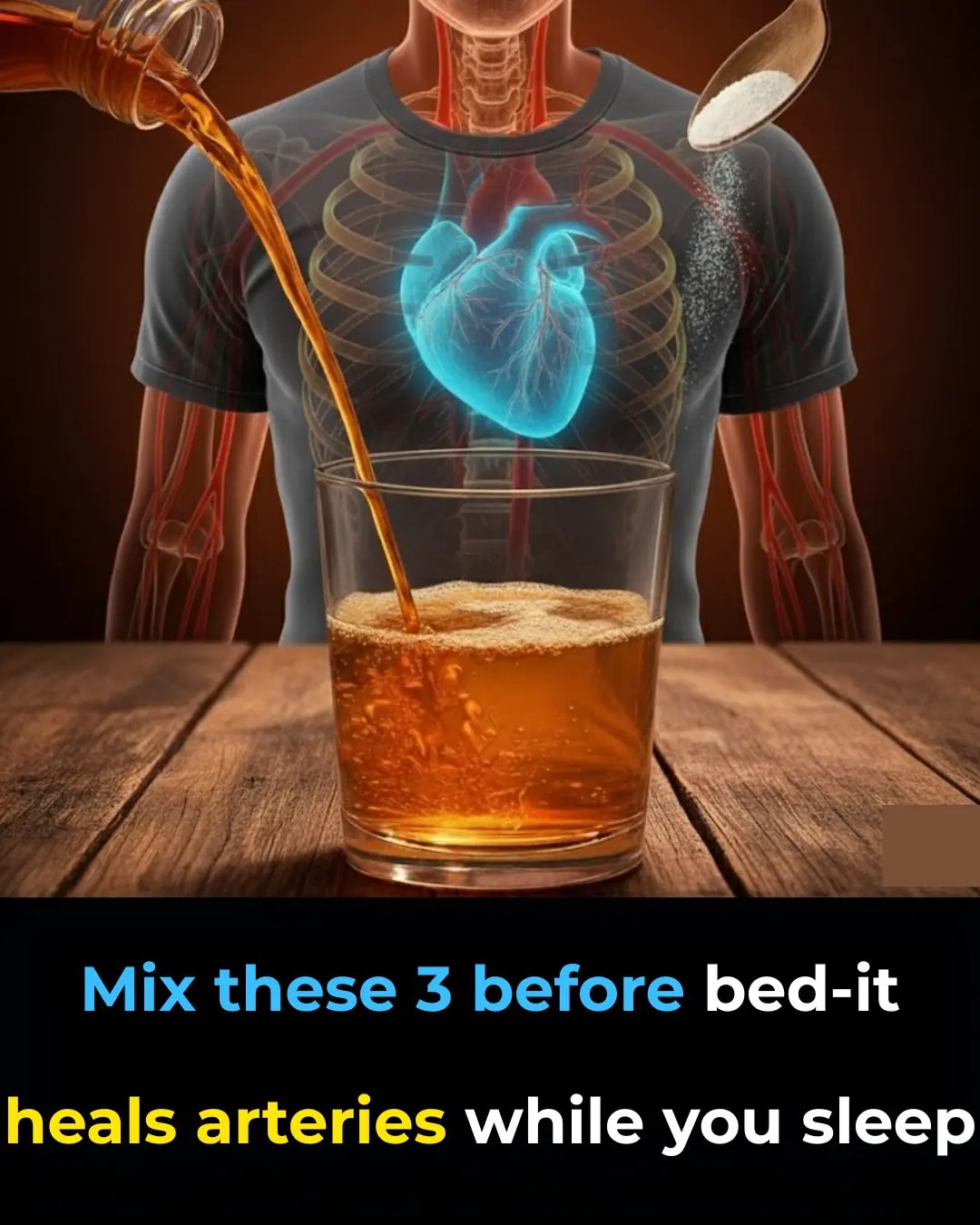
Mix these 3 before bed — it heals arteries while you sleep
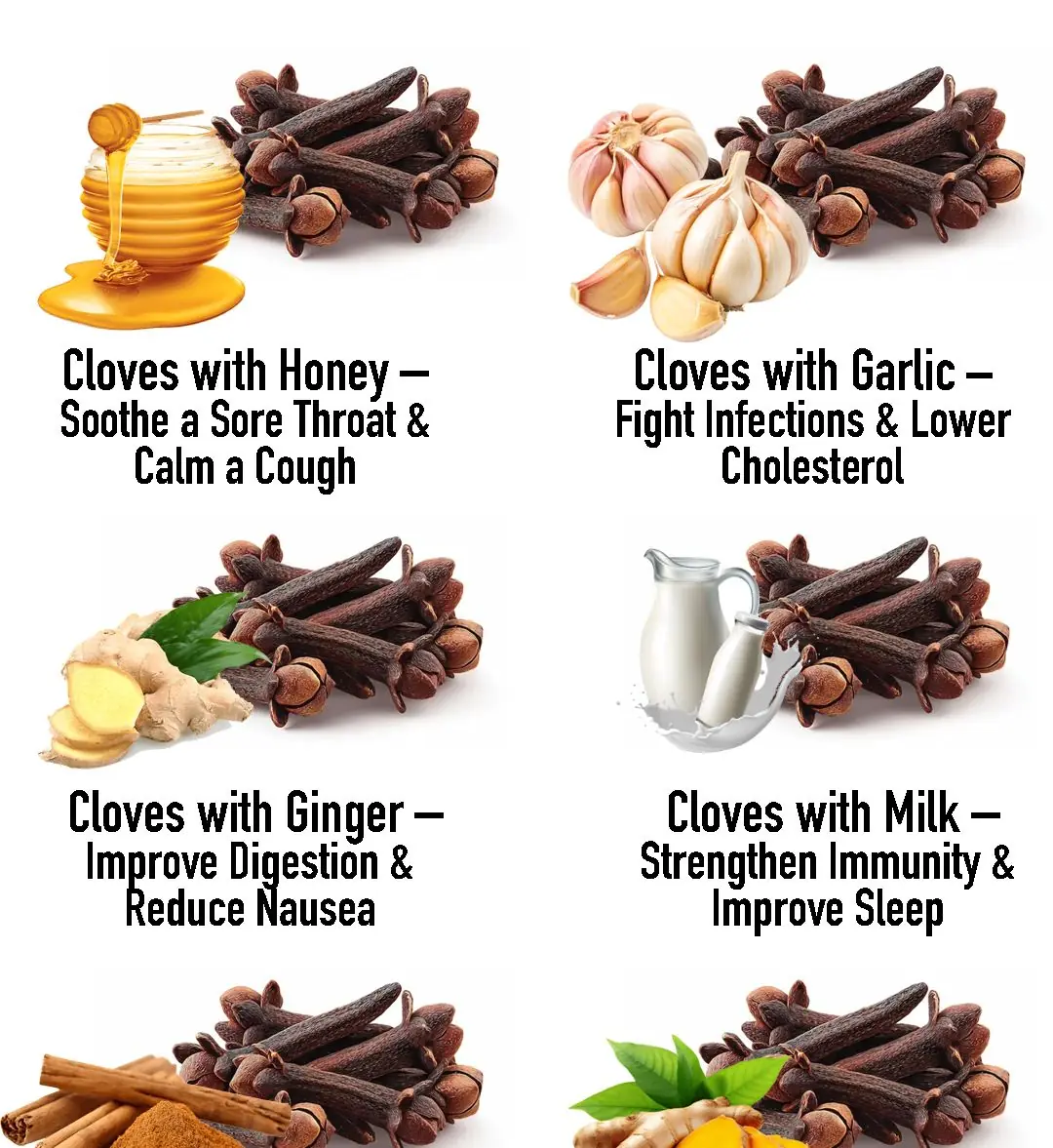
20 Genius Ways to Use Cloves for Your Health
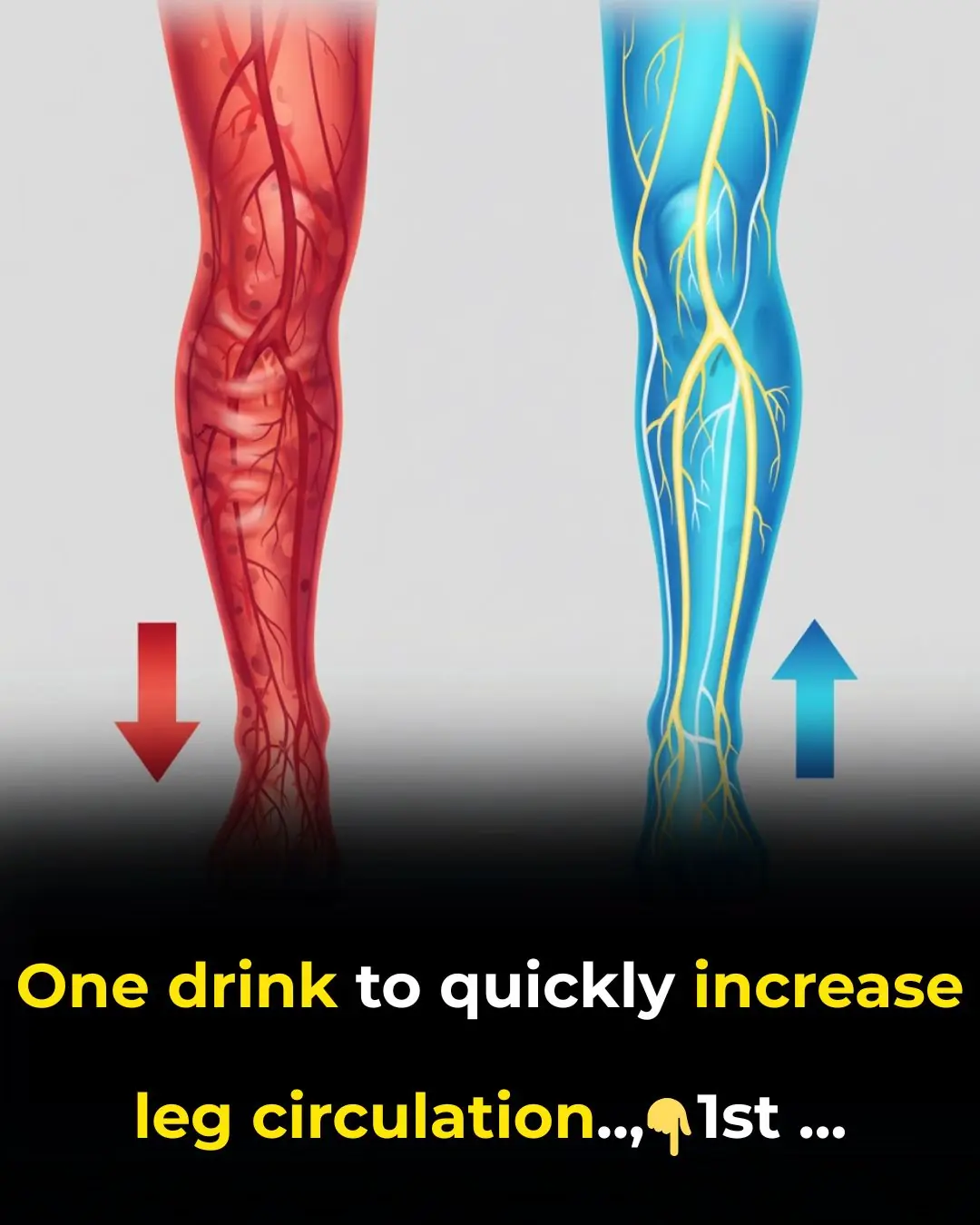
One drink to quickly increase leg circulation
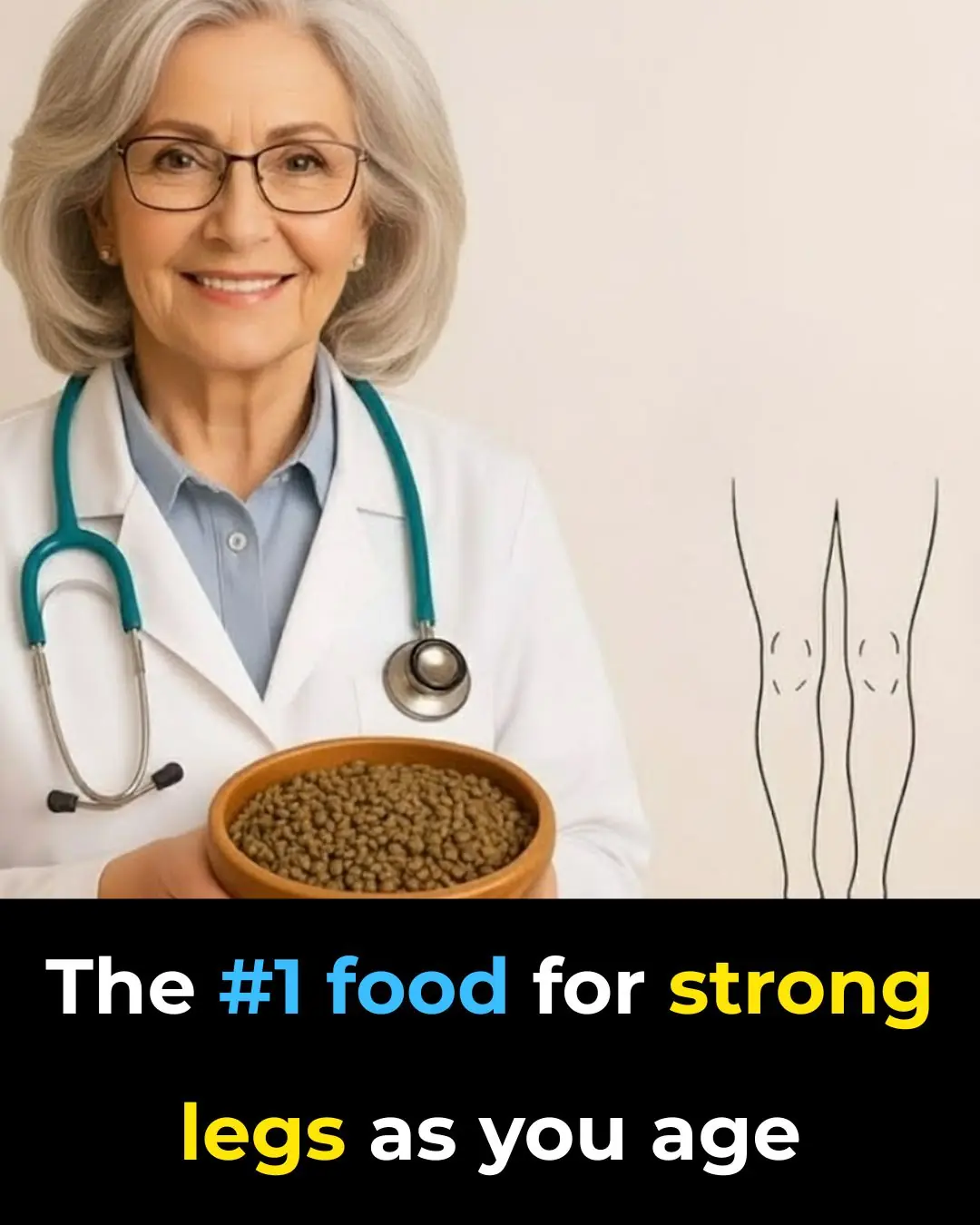
Extremely good food you should not miss
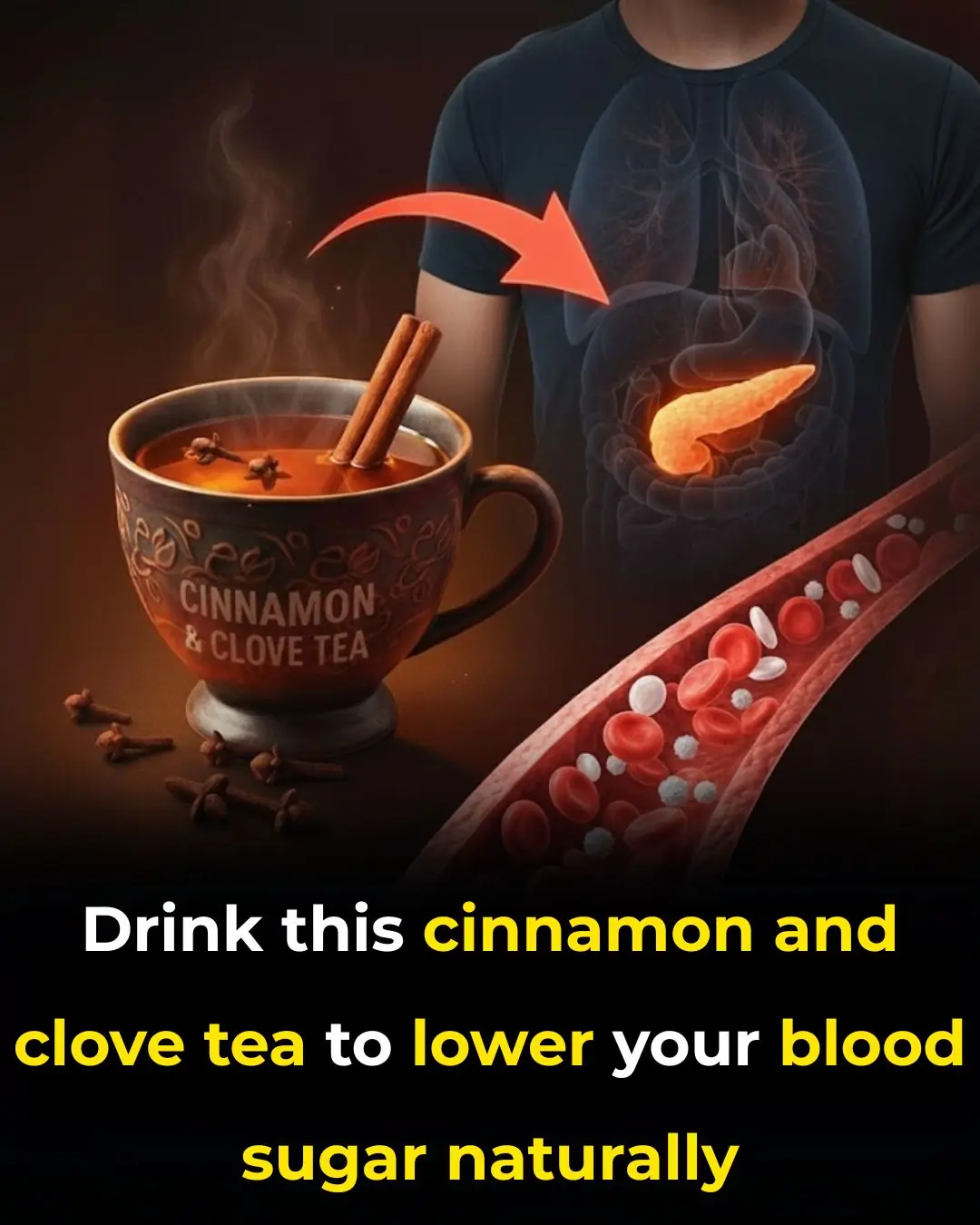
Drink this cinnamon and clove tea to lower your blood sugar naturally

Here’s What Really Happens To Your Body If You Drink Diet Soda

Roselle: The Scarlet Herbal Treasure with Powerful Health Benefits

Clove-Infused Honey Power: A Natural Wellness Booster You Can Make at Home

How to Detoxify and Cleanse Each Organ to Never Be Sick or Tired Again
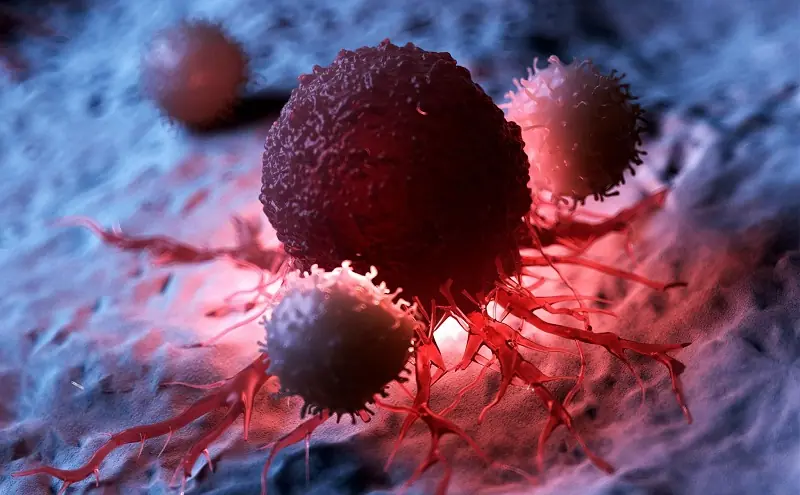
NEW 10 UNUSUAL SIGNS OF COLON CANCER
News Post

5 Dangerous Ingredients Hiding in Your Skin Care Products—Are You At Risk?
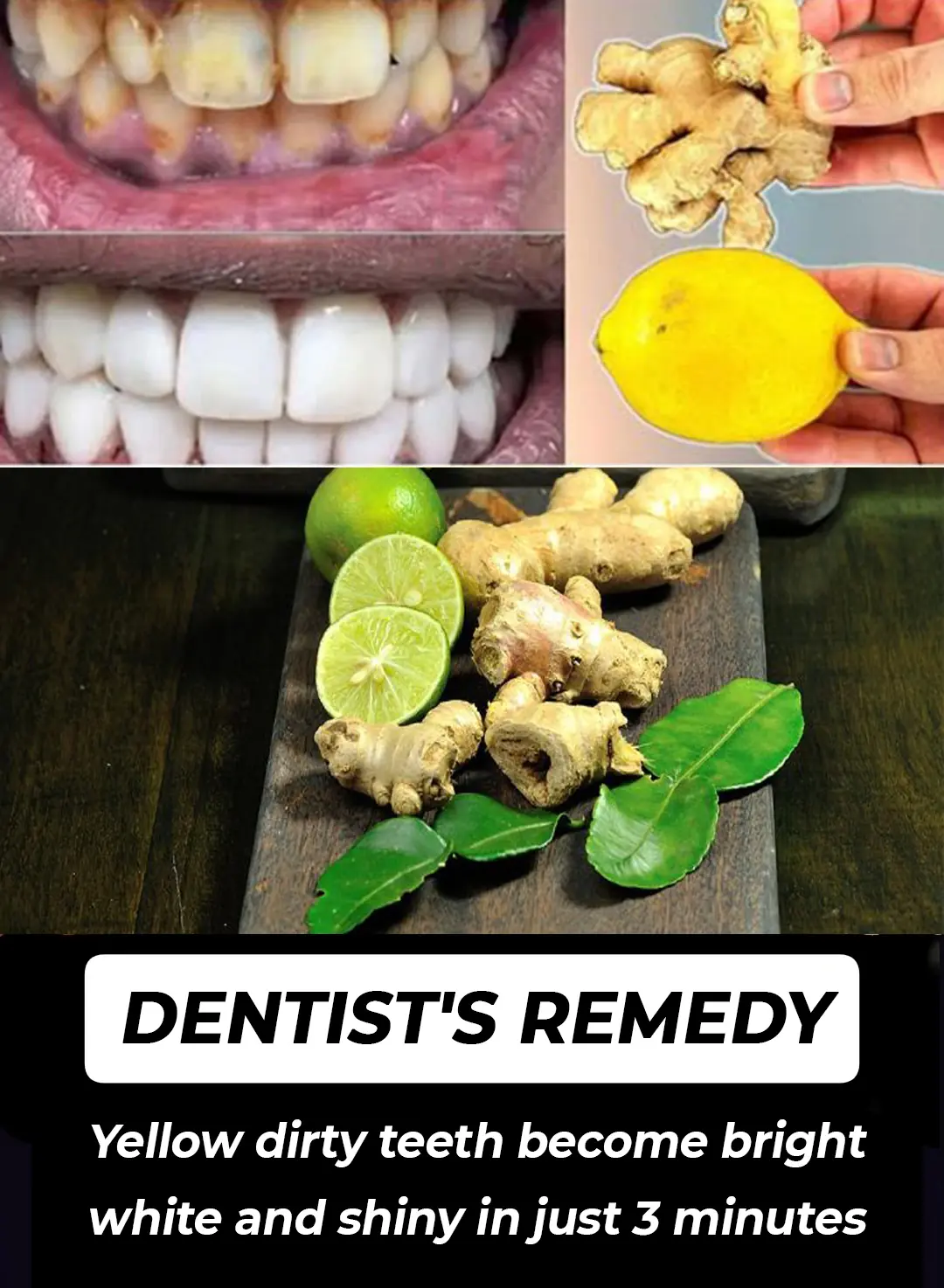
Instant Teeth Whitening: Ginger & Lemon Remedy for a Brighter Smile in 2 Minutes

Cocoa Flavanols May Protect Blood Vessels Even When You Sit for Hours

How to Eat Bread, Rice, and Potatoes Without Blood Sugar Spikes

Major Signs You Are Magnesium Deficient (and What To Do About It!)

5 Homemade Face Packs for Dry Skin in Winter | DIY Winter Face Packs for Glowing Skin
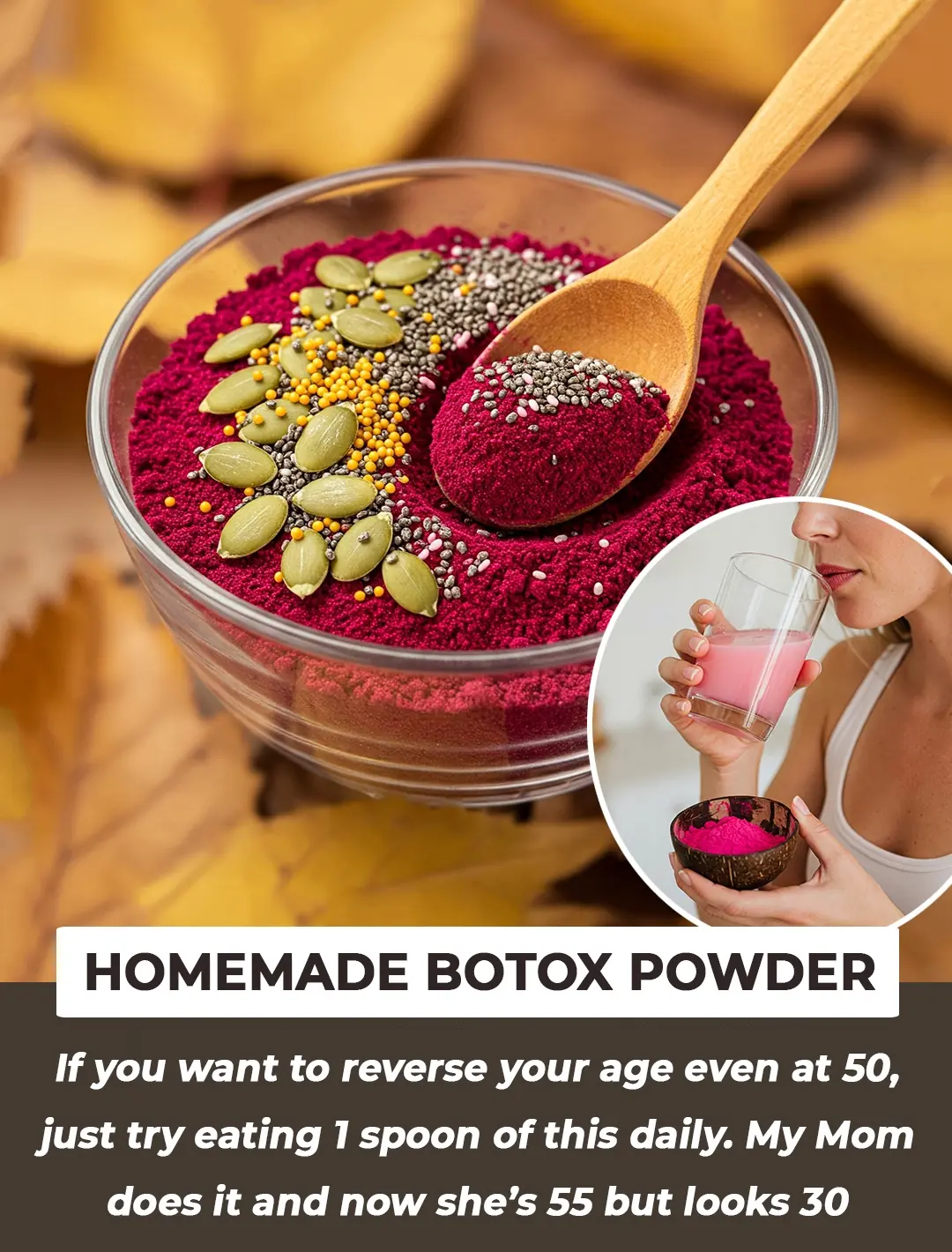
DIY Collagen Powder Recipe for Glowing Skin & Thick Hair

DIY Fennel Seeds Water for Weight Loss and Health: A Natural Remedy for Metabolism, Digestion, and Glowing Skin

Roasted Onion Peel and Garlic Peel Treatments for Grey Hair: Natural Remedies for Hair Restoration

Coffee For Instant Skin Brightening

Beetroot Face Gel for Clear Skin – Rosy Cheeks & Pink Blushing Skin

Rice and Fenugreek Hair Spray: The Natural Solution for Hair Fall, Growth, and Scalp Health

DIY Rice Water Ice Cubes for Glowing Skin: Best Recipe for Pore Minimization, Hydration, and Skin Brightening

DIY Rice Water Ice cubes for Clear Skin – Shrink Large Pores

DIY Lip Balm with Vaseline and Beetroot: A Natural, Moisturizing Solution for Soft, Pink Lips

DIY Clove Anti-Wrinkle Gel: Natural Botox Alternative for Firmer, Younger-Looking Skin
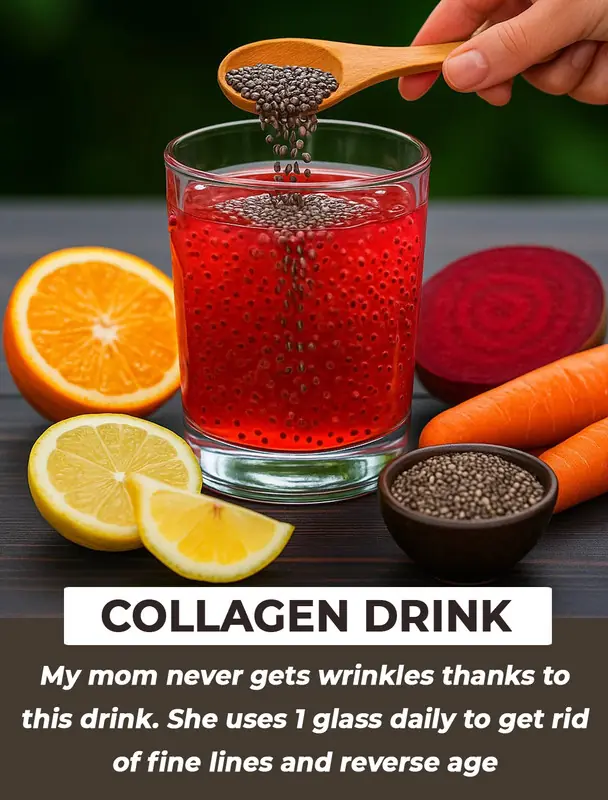
Collagen-Boosting Skin Glow Drink Recipe: Natural Solution for Wrinkles, Fine Lines, and Radiant Skin

It Will Make Your Bladder and Prostate Feel Like New! The Grandfather’s Recipe
